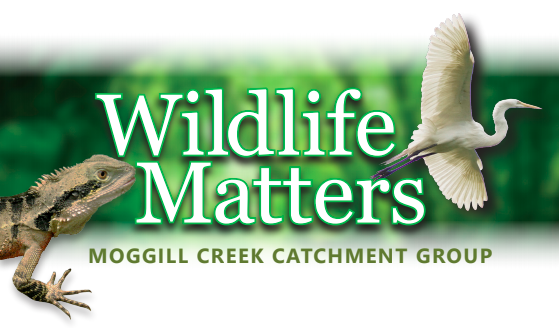 THE Common Keelback (Tropidonophis mairii) is a species of non-venomous snake found throughout much of eastern Queensland. They are also known as the Australian Keelback, Water snake and Freshwater snake. They are a relatively common snake within the Moggill Creek catchment and can be frequently observed during wet conditions.
THE Common Keelback (Tropidonophis mairii) is a species of non-venomous snake found throughout much of eastern Queensland. They are also known as the Australian Keelback, Water snake and Freshwater snake. They are a relatively common snake within the Moggill Creek catchment and can be frequently observed during wet conditions.
Keelbacks are named for the strongly keeled scales extending over their entire body longitudinally across the scale. This gives them a ridged, somewhat jointed and chain-mail armored appearance that is very distinctive. Highly variable in coloration, they typically range from olive green to dark pastel brown, always with irregular darker cross bands, giving a strongly striped and speckled appearance. Some individuals are very dark greyish-coloured. Their belly surface is rusty-pink or cream. While the above description defifines them reasonably well, this species closely resembles the venomous Rough-scaled snake (Tropidechis carinatus), and identifification should always be confifirmed by an experienced reptile expert.

Common Keelback (Tropidonophis mairii) photo Alexandre Roux licensed under CC BY-NC-SA 2.0.
Within the Moggill Creek catchment, Keelbacks can be found in a variety of habitats, including wet and dry forests, wetlands, man-made dams and grasslands. However, they are most common in damp environments close to water and will readily swim or hunt in shallow pools. They can grow up to 1 m long, but are more often seen at around 30-50 cm. Relatively placid, non- venomous, unaggressive reptiles, Keelbacks are not considered dangerous to humans. They are opportunistic feeders, eating a wide range of prey, including amphibians, tadpoles, fifish and small reptiles. They are also known to be one of the few Queensland snake species that can eat juvenile Cane toads, without being harmed by their skin toxins. For this reason, some researchers believe them to be valuable in providing some measure of control of this familiar pest species in some parts of the state.
Interestingly, Keelbacks can produce a distinctive odour when threatened or alarmed, that snake-catchers and handlers often comment upon. They may become more noticeable during periods of high humidity or within heavy rainfall events in summer, often in the evening, but also during the day. At such times, they seem to be much more actively intent on fifinding food (usually native frogs) than being concerned about the presence of humans, and sometimes many individuals may be observed in a single evening. At other periods, like most other Queensland snakes, they are shy, furtive and seldom seen.
While observed year-round, October to January appear to be the peak months of observation for this species, with the fringes of the Gold Creek Reservoir a known hotspot in our catchment. Other records are known from the Creekside area, Pullenvale and some parts of inner Kenmore, always close to watercourses. Like all snakes, this species should never be handled or closely approached. If required, a reputable snake handler/catcher should be employed to remove them from domestic indoor situations.
Sandy Pollock
Wildlife Matters is published in:


